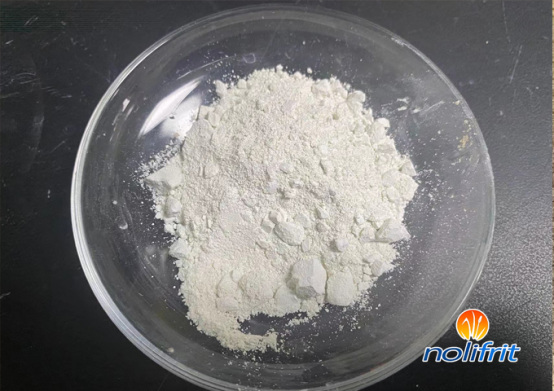Difference Between Clay and Bentonite
In the production process of the enamel factory, in order to make the enamel frit become a enamel slurry suitable for enamelling after being ground, some kind of substance must be added to make the enamel slurry suspendable. Otherwise, the fine particles of enamel will settle and enamelling will not be possible. The way to obtain suspension is to add some colloidal substances in the enamel slurry, so that the enamel fine particles in the enamel slurry are dispersed in the aqueous solution and do not settle due to gravity. These substances that can suspend enamel particles are called suspending agents.

Commonly used suspending agents are clay and bentonite, and now it has been suggested to use a solution of sodium aluminate and sodium silicate to react to form a gel instead of clay, so as to reduce the firing temperature. In addition, the practice of using some organic cellulose to replace part of the clay is also expanding. In addition, some people use rare earths to replace clay suspension, and some progress has been made.
Clay is formed by long-term weathering of feldspar. Its main component is kaolinite, its molecular formula is A12O3·2SiO2·2H₂O, its molecular weight is 258.1, its density is 2.54~2.6 g/cm3, and its melting point is 1785°C. The clays used in enamel mainly include two types: primary kaolin and washed kaolin. Generally, it is gray or light yellow due to impurities. Most of them are compact or loose lumps of soil, soft and easy to disperse in water or other liquids. Creamy and earthy.
Bentonite has a strong greasy property and expands when it enters water. Its main composition is A12O·4SiO₂·9H₂O, which belongs to microcrystalline kaolinite and has a high iron content.
Bentonite has a high degree of dispersion. The suspending power is very strong, and the effect of 0.5% is equivalent to 5% clay. However, due to the high iron content and strong "thixotropy", it is rarely added alone.